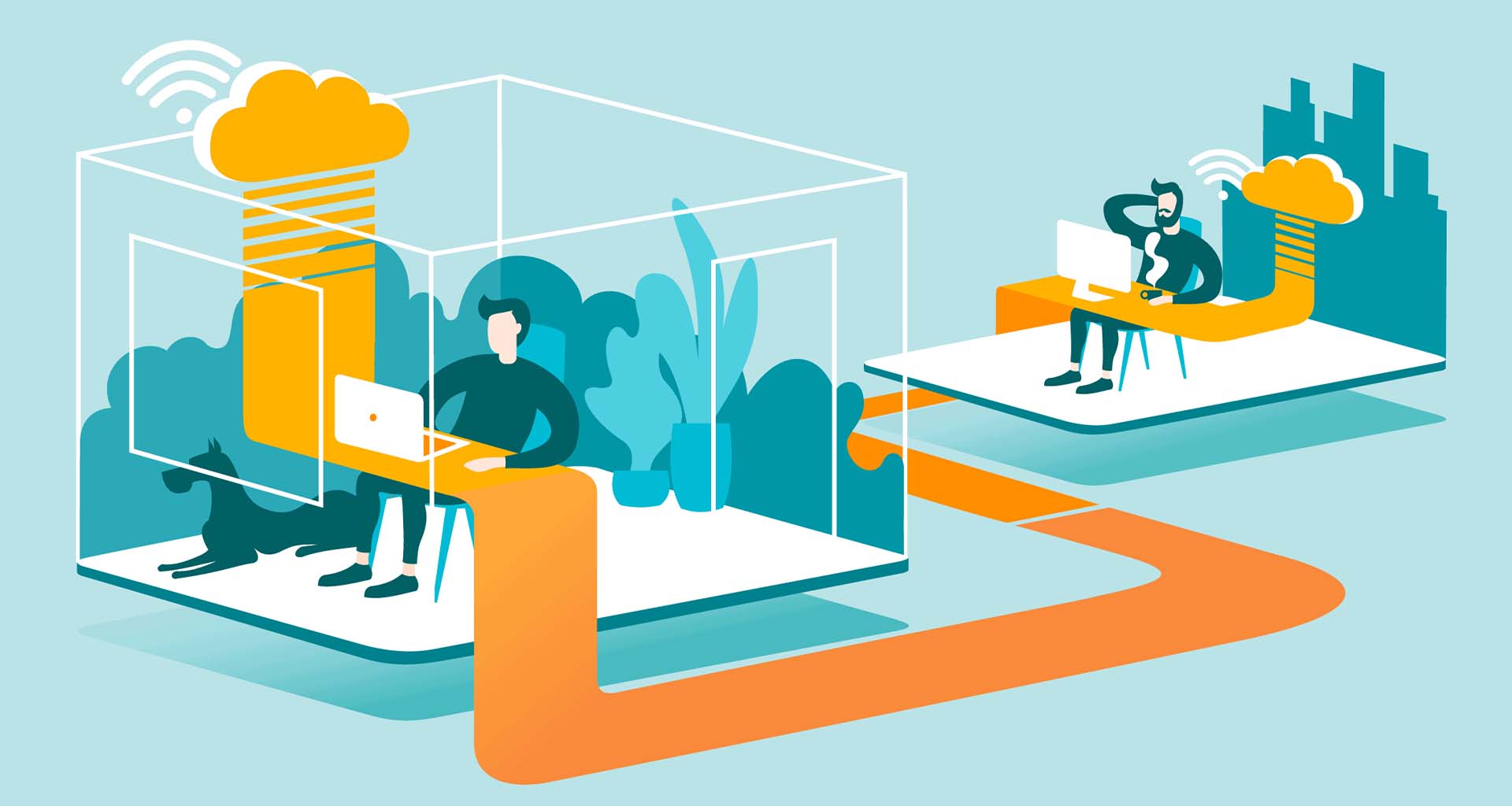Contents
Does this sound familiar? A customer calls the contact center with an urgent issue. His new coffee machine isn’t working properly, his smart sprinkler system isn’t configured correctly, or his internet connection is inexplicably down. A tier one agent gathers the requisite information: model number and nature of the problem. Basic troubleshooting scripts are followed: power off, reboot, check error messages. But the issue persists. So, there’s a simple solution: dispatch a technician to the customer’s location. Right? Wrong.
Aside from the high cost to the enterprise each time a field service technician is dispatched, customer experience is negatively impacted too. No one wants to wait for a technician, and nowadays, with COVID-19 on everyone’s minds, most customers don’t want to take the risk of having a technician come over.
This sentiment has organizations seeking new ways to provide their customers with the service they need without requiring direct person-to-person contact. Known as “contactless service,” this new model is the key to meeting customer expectations and achieving the business resilience necessary to shrug off the effects of COVID-19 and emerge even stronger than before.
To learn more about contactless service, including a case study on the topic, access the full report
Using visuals to enhance contactless service
Enterprises have found that introducing a visual element results in successful contactless interactions with customers. There are three main strategies that organizations are currently using to enhance contactless service by adding a visual dimension.
Virtual Technicians
There are literally thousands of fixes that are easy enough for an untrained person to carry out – with the right guidance. In this model, a technician establishes a live video stream with the customer in order to inspect their device and identify the issue. He can then remotely guide the customer toward a resolution with step-by-step, on-screen AR guidance, showing which cables need to be reconnected, which buttons to press, and so on. The technician can then visually confirm that the issue has been resolved. Customers benefit from on-the-spot resolutions and a feeling of empowerment by taking an active role in the resolution process and enterprises reduce dispatch costs, boosting first-time fix rates, and increasing customer satisfaction.
Visual Collaboration
Contact center and field service departments have traditionally operated independently of each other, but visual collaboration means both technicians and agents can utilize a single platform where they can capture and leverage images, working together to resolve customer issues.
Visual records of each visit or interaction build a visual knowledge base that can be shared between departments, enabling more issues to be resolved remotely. With access to the customer’s shared visual history, agents can personalize each interaction by referring back to previous episodes, while technicians can use it as reference to better resolve issues.
When a technician visit is necessary, customer service agents use a pre-dispatch visual inspection to make sure the technician is fully prepared for the visit, with complete knowledge of the issue and all the right parts and tools.
Visual Self-Service
Self-service is truly contactless service which does not involve a human expert at all. By giving the power of vision to their existing virtual assistants, enterprises enable customers to resolve common issues faster and more effectively, with minimal effort.
Using Computer Vision AI – the science of teaching machines to see – visual assistants can recognize objects, their parts and statuses, including device model, cables, ports, LED lights, on-screen messages, receipts, barcodes, and so on. A true visual virtual assistant is also trained in contextual analysis: it can understand the symptoms, identify the issue, and suggest a resolution from the knowledge base.
For example, the visual virtual assistant sees the device through the customer’s back camera, recognizes the model and identifies the issue, guides the customer with on-screen AR instructions and finally, verifies that the issue has been resolved – with no human contact at all. Visual assistants can be implemented for a variety of use cases: they can help install devices and troubleshoot issues. They can help onboard a driver who’s just bought a new car. They can read a water meter, submit an insurance claim, and even be a virtual personal shopper at a department store.






